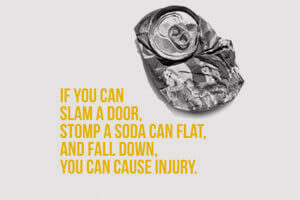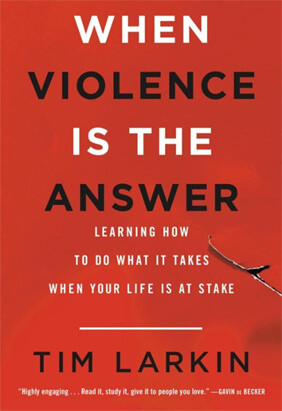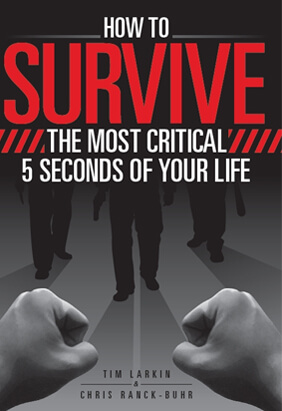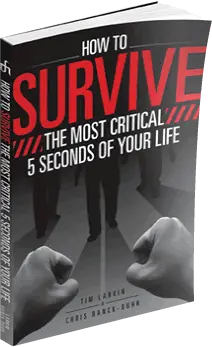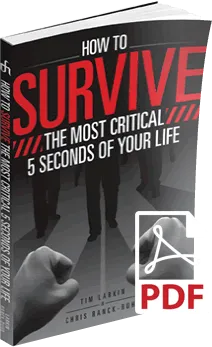Regardless of your experience in self defense lessons, you may have already had the dream: at a park in daylight, with children, or a dark close-in space like an alley, or, the one I remember most vividly, a seedy gas station… regardless of the setting, they come for you.
Many or just one, it doesn’t matter; you take an eyeball, you break a leg, hell, you break a neck. You can feel it go, popping and cracking from tense to loose in your hands. You slam him down, bouncing his head–now facing the wrong way–off the pavement.
And he gets back up.
Or you dig the eyeball out and it makes no difference, he keeps on coming, keeps on doing what it is he’s there to do: to kill you.
You wake up in a cold sweat, heart racing. The dream sticks with you the next day. Even on the mats, it’s still there, nagging at you.
That one question:
What if these self defense lessons just plain don’t work?
The second-most common criticism we get after “going slow” has to do with the reactions. People can’t believe it’s that easy—kick him in the groin and he just bends over? Part of the problem is that they don’t see reactions like we’re talking about in everyday life (admittedly a good thing) or in the ring (where career-ending and/or life-threatening injury is rare, by design). But you know what? We’re going to take a different tack on this subject entirely.
Because, quite frankly, the reactions don’t matter.
They are nothing more than an irritatingly distracting side-effect of what we’re really here to do: Get. That. Injury. While the distraction may be yours, the irritation is all mine. I get irritated when people want to argue about the fact that gouging an eye is good for you and bad for him. I get irritated when those who should know better put the reaction ahead of the injury, making “getting a reaction” the final goal. It’s never the goal.
When people worry about whether or not the self defense lessons will work, the “it” they’re worried about isn’t injury—I think we can all agree that stomping on someone’s throat isn’t going to do them a lick of good—it’s “what if he doesn’t move like you said he would?”
Well, if you ruptured his eyeball, or broke his knee backwards, or crushed his throat, who cares how he moves after that? He’s blind. He can’t stand. He can’t breathe.
Injury is doing its job reducing his operational ability. Pile enough of that on and he literally cannot harm you. This is why injury is not just the goal of violence, but really your sole focus. You can’t afford to give a crap about the rules of engagement, or what he’s up to, or your self defense lessons, or “getting ready.” None of those things matter when put up against the facts of injury.
Does this mean that the reactions are specious nonsense? Of course not. They’re a physiological fact. They make a nice feedback mechanism to let you know when you’ve been successful at causing injury. But that’s the end of it. They’re nice to see—AS A SIDE EFFECT. If you shift your focus off of injury and start to worry about reactions–does it really work that way? Will I be able to “get” them? Will he really move like that?–you’re missing the point in the worst way possible. “Reaction-centric” self defense lessons are little better than slap-fighting, trying to tag the button to make the buzzer sound in a stimulus/response sort of way. Not to mention that the whole affair will be fraught with anxiety.
It’s key to put the reactions—and the worry about whether or not “it’ll work”—in their proper place: as an epiphenomenal side effect of injury. Injury brings with it a whole host of desirable side effects, loss of function being chief among them. While it is possible to have injury without reaction, it is not possible to have injury without loss of function.
If for some crazy reason his nervous system is so out of kilter that he doesn’t react to having his eyeball gouged out of his skull, no amount of extreme/exotic pharmacology is going to keep his eyesight intact. Or allow him to walk with a torn-out knee. Or breathe through a crushed throat. Injury is, in the end, a process of mechanical reduction that transcends the wishes of the brain or nervous system.
If you can slam a door, stomp a soda can flat, and fall down, you can cause injury.
All you ever have to do is get in there and do it. Whatever happens next, one thing is certain: Whatever you broke won’t work anymore. And you really don’t need anything else.
